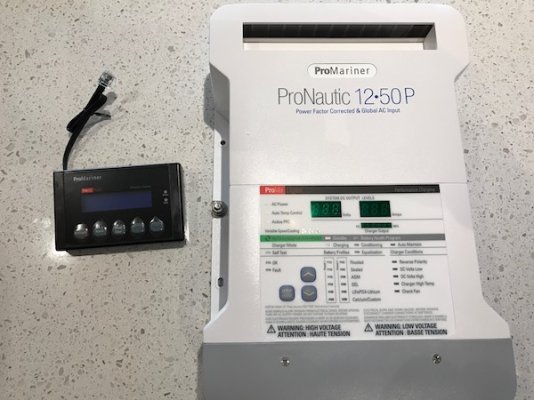Airstream345
Guru
- Joined
- Jul 3, 2017
- Messages
- 1,015
- Location
- United States
- Vessel Name
- FORTITUDE
- Vessel Make
- Kadey Krogen 54-8
No charge today. Measuring 120 VAC coming in on shore power but below 5VDC on the charge side. Amperage needle on the pin on all six settings and low voltage on the batteries.
Any suggestions for troubleshooting or replacement? Considering this: https://www.westmarine.com/buy/prom...rine-battery-chargers--P012039467?recordNum=9
Any suggestions for troubleshooting or replacement? Considering this: https://www.westmarine.com/buy/prom...rine-battery-chargers--P012039467?recordNum=9

